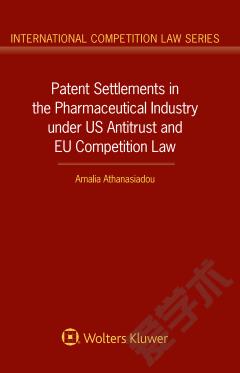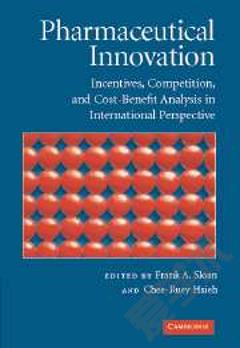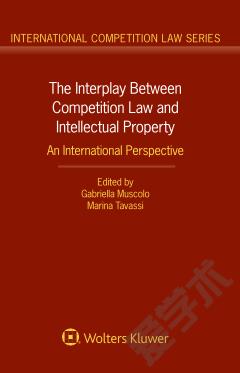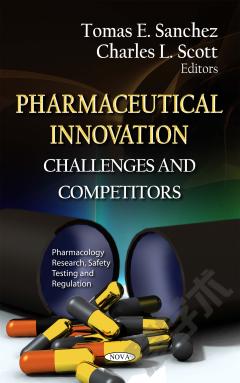Competition and Patent Law in the Pharmaceutical Sector: An International Perspective
The apparent contradiction between intellectual property (IP) rights (particularly patents) and competition is often noted: in ostensibly aiming to promote innovation and long-term competition, the patent system in fact provides a temporary right to exclude. Is it possible to adjust patent policies to better account for the trade-off between static and dynamic welfare, and minimize the risks of anticompetitive behaviour implemented through the misuse of patents? With a focus on the pharmaceutical sector, this book, the first to deal with this issue on a global basis, tackles the clashes of case law by Courts and antitrust enforcement by competition authorities that undermine the predictability of solutions to this problem and increase the risk of fundamental rights violations and excessive transitional costs for enterprises.Examining the approaches to both competition and IP regulation in fourteen leading jurisdictions, the analysis provides a comparative perspective on recent relevant regulations and case law in the pharmaceutical sector. Thirty-one contributions by internationally known experts in both fields – judges in specialized courts, chairmen and board members of national competition authorities, and well known scholars and practitioners – focus on the salient topics and on the interplay between patent law and competition law, with an insight into the human rights issues that arise. Among the topics covered are the following:- balancing the human right to health with competition law and IP law;- patent lifecycle strategies;- reverse payment settlements;- abusive litigation;- damages for patents and antitrust infringements;- co-marketing and co-promotion agreements; and- the role of the Unified Patent Court.The jurisdictions covered are Brazil, Canada, China, France, Germany, Greece, India, Italy, Japan, the Netherlands, Russia, South Africa, the United Kingdom, and the United States.The book’s ultimate and challenging proposal identifies the pharmaceutical sector itself as a starting point for reshaping a more procompetitive and harmonized system of regulation.In its dedication to striking the right balance between static (short-term) and dynamic (long-term) efficiency, and thus opening the way to a more balanced approach and a higher standard of harmonization in the pharmaceutical sector, this book has no peers.As a detailed comparative analysis and clarification of current trends worldwide in regulation and jurisprudence at the crossroads between IP and competition law, it suggests new ground for steps forward in an essential area for modern economies. It will be of great value to lawyers, economists, and policymakers in both fields of IP and competition law.
{{comment.content}}








 京公网安备 11010802027623号
京公网安备 11010802027623号